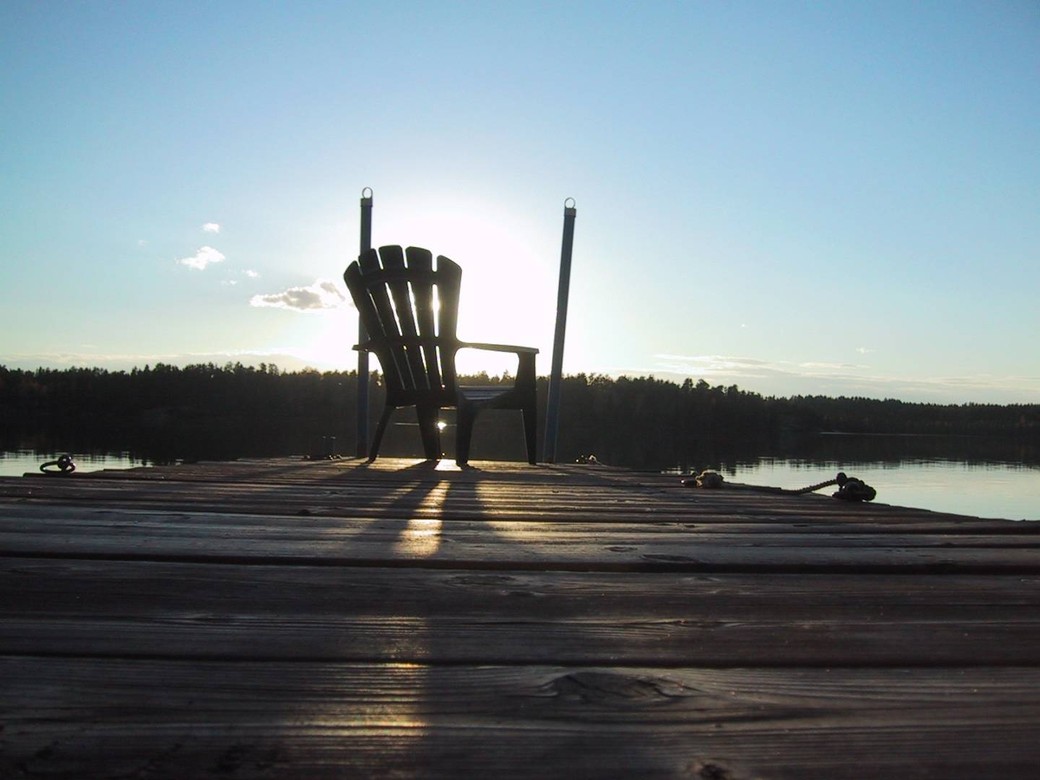
Homes: Light Up Your Life
With the days being so much shorter now, there is no better time to discuss the impact of lighting in the home. While lighting serves to generally illuminate a room, to highlight or spotlight an area or item such as a piece of art, or to provide directed light for a task being carried out, it does so much more! Along with these functions, it also creates
* A focal point.
* Softness.
* Mood and drama.
* Texture and personality.
Lighting typically comes in the form of ceiling-mounted fixtures, pendants, sconces, table lamps and floor lamps.Here are a few tips to know how to use them to their greatest effect.
1. Ceiling or semi-flush mounted fixtures
Make sure that they do not drop down too far as to obstruct a door that opens (seems like a no-brainer, but I cannot tell you how many times these lights – especially in a front entrance – are chosen without taking this into account). Ensure there is enough wattage to provide general illumination in a room. Multiply the room’s dimensions to get your total square footage. Then multiply the square footage by 1.5 for total illumination needed. For example, a 10’ x 10’ room is 100 squarefeet. Therefore, the total illumination required would be 150 watts.
2. Pendants
Typically installed over an island in a kitchen or over a dining room table, ensure these lights are mounted anywhere between 30”-36” off the tabletop and err on the side of larger as opposed to smaller. As you can see from this client’s photo, the dining room fixture is overscale but provides a lot of impact. A general rule of thumb – the diameter of the fixture should be at least double the width of your room in inches; for example, a 12’ room should have a fixture at least 24” in diameter for the minimum scale.
3. Sconces
Are most often seen mounted around bathroom vanities or in hallways where overhead lighting is difficult to install. Make sure not to mount these no higher than 5’6” from the floor.
4. Table/floor lamps
For the correct scale, opt to have the bottom of the lampshade at shoulder level while seated. Most lights that I see in people’s homes are too small for the application. For floor lamp positioning, try to do a furniture plan before you wire your house so that you can locate plugs in the floor if necessary to avoid unsightly cords.
So, go ahead, add some mood, drama and personality to your home.
Tanya Collins www.tanyacollinsdesign.com










